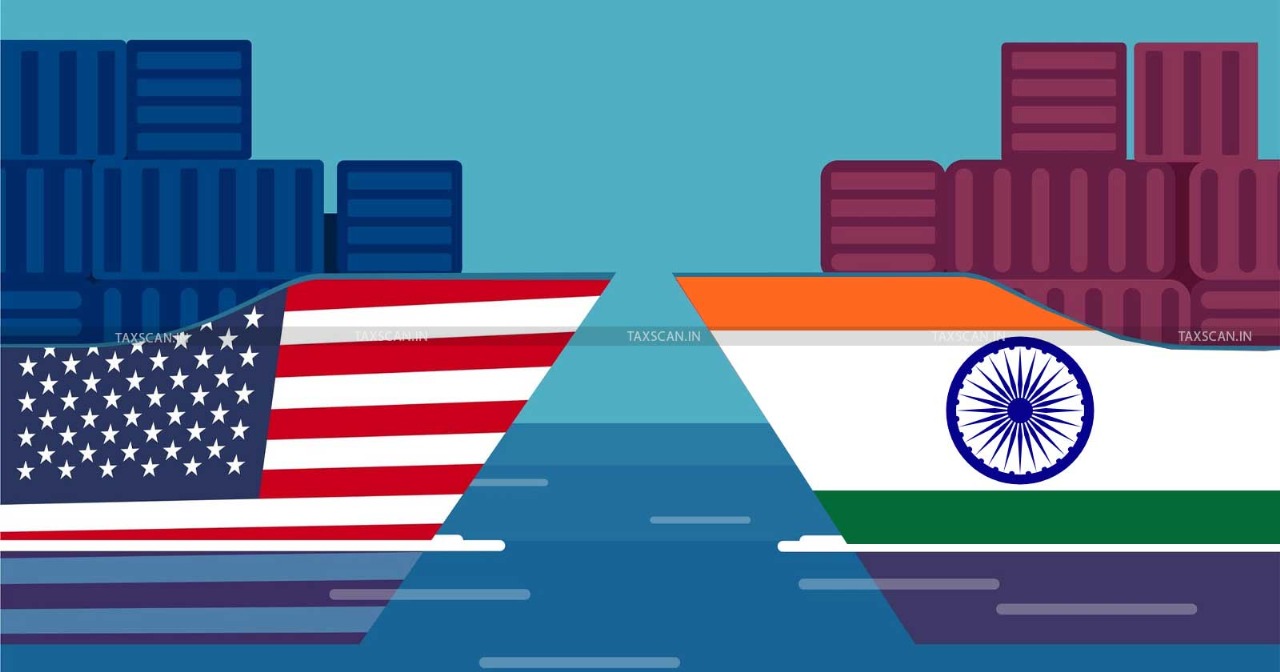The Indo-US trade relationship has evolved remarkably over the past two centuries, transitioning from textiles to technology while weathering geopolitical and economic challenges. This enduring partnership reflects the adaptability and mutual benefits of trade between the two nations.
In the early 19th century, Indian textiles like muslin and calico were highly sought after in the United States, with Dhaka's delicate muslin becoming a luxury item among wealthy American women. However, the War of 1812 disrupted trade, and by 1816, steep tariffs imposed by the US effectively barred Indian textiles, paving the way for America's domestic textile industry to flourish.
As trade adapted, India became a key supplier of raw materials like indigo and saltpeter, essential for dye production and gunpowder manufacturing, respectively. The relationship further diversified with unexpected ventures, such as the export of New England ice to India in the 1830s, symbolizing the innovative spirit of Indo-US commerce.
Fast forward to the 21st century, the partnership has shifted gears, with technology taking center stage. India has emerged as a global IT powerhouse, while the US remains a critical market for Indian tech services and products. Despite occasional trade tensions, such as recent reciprocal tariffs, the resilience of this relationship continues to drive economic growth and innovation.
This journey from textiles to tech underscores the dynamic nature of Indo-US trade, highlighting its ability to adapt and thrive in an ever-changing global landscape.
Sources: Hindustan Times, MSN News, IndiaTracker




